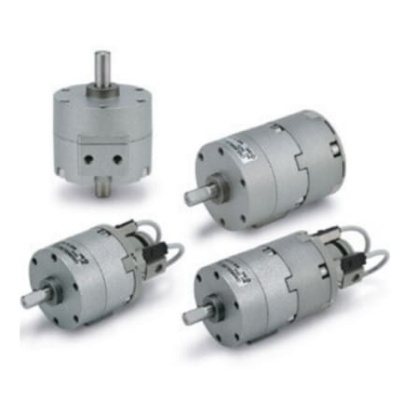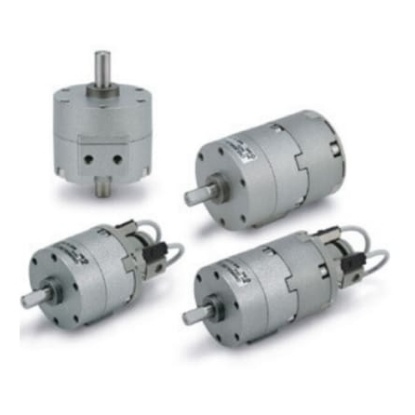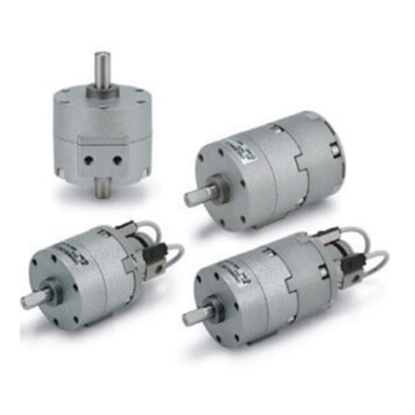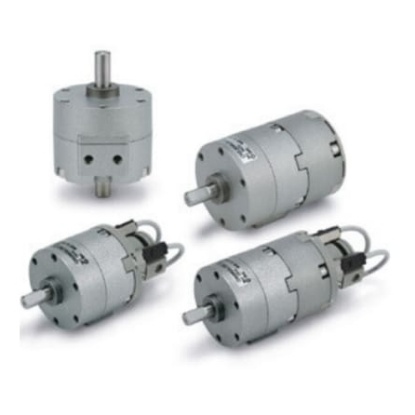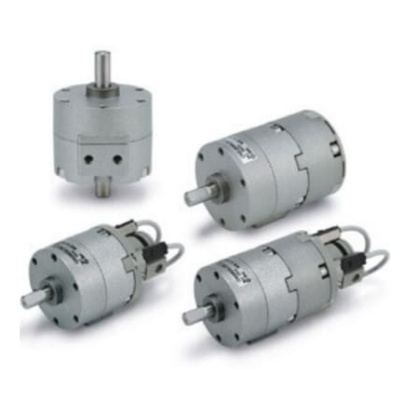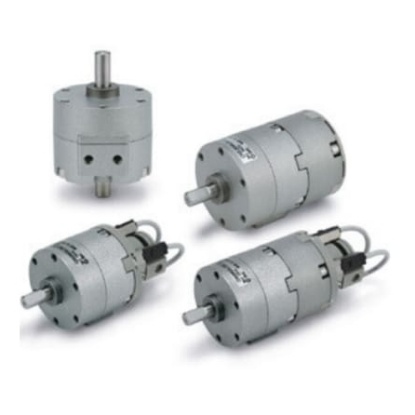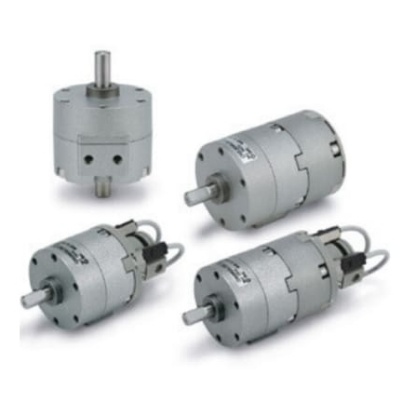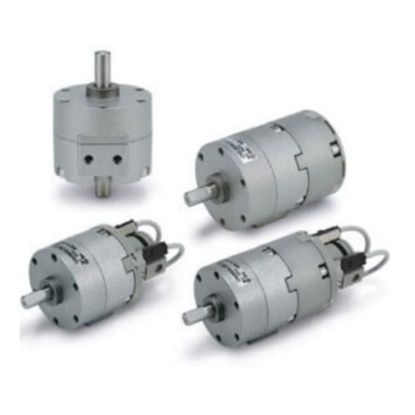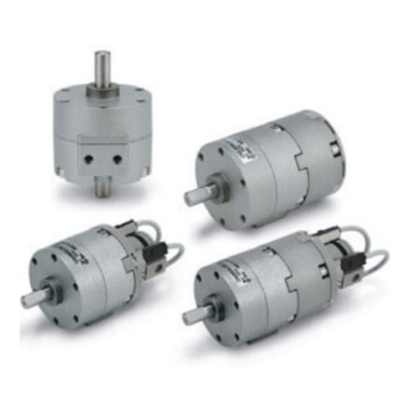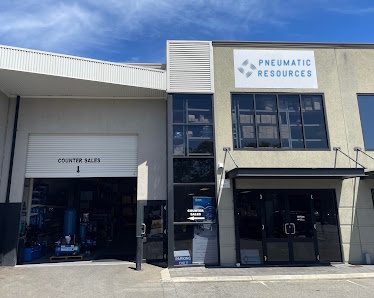Pneumatic Rotary Actuators
Pneumatic rotary actuators are mechanical devices powered by compressed air, designed to generate rotary motion through a rotating shaft. This motion is used to control the rotation and positioning of connected equipment, making them ideal for a wide range of automation applications.
Actuators function by converting energy—typically pneumatic, hydraulic, or electrical—into mechanical motion. In the case of pneumatic rotary actuators, the energy from compressed air is used to create a spinning or oscillating movement. When selecting a rotary actuator, it is important to consider factors such as the required rotation angle, air consumption, material compatibility, and interface design.
Types of Pneumatic Rotary Actuators
Rotary actuators are available in both single-acting (air supplied to one side) and double-acting (air supplied to both sides) configurations. The two most common designs include:
- Rack and Pinion Rotary Actuators: These actuators offer a wider rotation range and higher torque output compared to vane types. They are typically larger and better suited for medium-duty tasks requiring higher speed and durability. Their robust design also provides a longer operational lifespan.
- Rotary Vane Actuators: More compact in size, vane actuators are suitable for lighter-duty applications. They offer a more limited rotational range and are ideal when space and weight constraints are key considerations.
How Do Pneumatic Rotary Actuators Work?
Compressed air enters the actuator through dedicated pneumatic ports, creating internal pressure that moves the actuator’s internal components. This movement is then converted into an oscillating or continuous rotary motion, depending on the actuator type and configuration.
Applications of Pneumatic Rotary Actuators
Pneumatic rotary actuators are widely used in industrial settings for tasks such as part positioning, material transfer, valve control, clamping, and conveyor operations. Due to their air-driven nature, they are especially well-suited for hazardous or explosive environments where electrical components may pose a risk.


